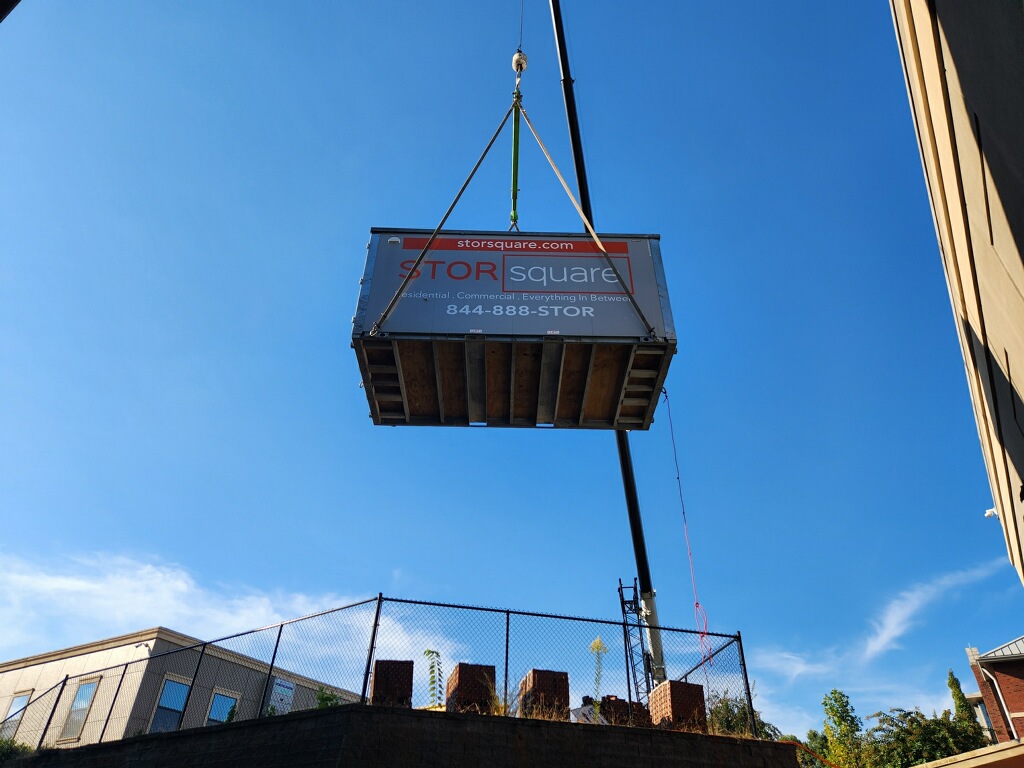The process of moving your small business can be both thrilling and intimidating, especially when trying to control expenses. To plan your business move without going over budget, focus on key strategies like setting realistic deadlines, finding affordable moving companies, and minimizing downtime. This comprehensive guide will help you relocate your business while keeping costs down.
1. Create a Moving Timeline to Spread Out Costs and Tasks
By distributing the expenses and tasks over time, you may manage a move without going over budget. Plan your move well in advance, ideally three to six months before the move date. A thorough timeline helps allocate time for each relocation phase and avoids last-minute expenses.
Start by making a list of everything that needs to be done, such as moving utilities, finding a new location, and packing. Divide these chores into smaller, more doable actions that can be completed over a few weeks. For instance, a few weeks prior to the actual move date, begin by organizing and clearing goods or equipment. This will save you money on labor or packing supplies and lessen the amount of work required in the last days of the relocation.
You may better predict costs and steer clear of hasty decisions that could result in needless expenditures by developing a defined timeframe.
How to Plan Your Business Move and Reduce Downtime

2. Source Affordable but Reliable Movers
Selecting the best partners is essential to guaranteeing a seamless and reasonably priced move. However, dependability shouldn’t be sacrificed for affordability. Spend some time investigating and contrasting local businesses in order to keep costs down. Seek out partners with positive evaluations from other local business owners and a focus on small business relocations.
Utilizing the portable storage containers from STORsquare is another affordable choice. By letting you load and unload your belongings at your own speed, these containers reduce the need for expensive moving services or extra personnel. You can stay organized and save money by using the containers, which may be brought to your business and utilized to store goods, equipment, or materials in between moving phases.
3. Reduce Downtime and Keep Operations Running During the Move
Reducing downtime is one of the most difficult aspects of moving a small business. You lose more money the longer your business is shut down or unable to function. If at all possible, schedule your move outside of busy seasons or during off-peak hours to minimize downtime. Avoid planning your move around the peak months for your company, for example.
Make use of STORsquare’s movable storage containers to maintain business operations during your move. You may keep serving your clients even while some aspects of your business are in transit if you pack and arrange your goods in these containers in advance. By using this technique, you can minimize interruption by storing and moving objects in stages.

